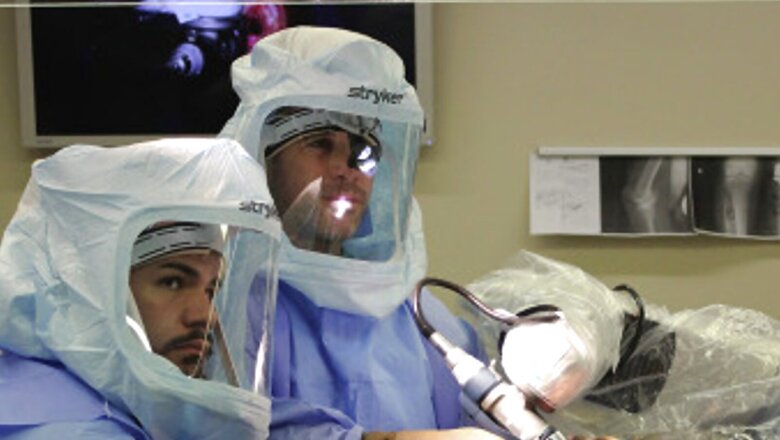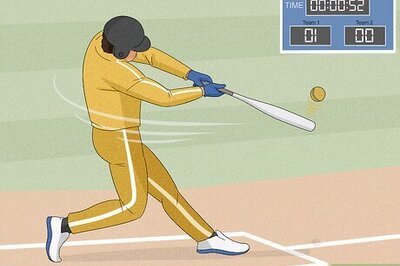
views
“Robot” is derived from the polish word “robota”, which means, forced labour. Machine -multiple tasks automatically or minimum of external impulse and programmable. Robotics in total knee arthroplasty (TKA) has undergone vast improvements.
Uni-compartmental knee arthroplasty (UKA) is suitable for patients with single-compartment osteoarthritis (OA), in the absence of gross deformity or ligamentous deficiency. In both uni-compartmental knee arthroplasty (UKA) and total knee arthroplasty (TKA), there is precision of bone preparation and component alignment, reducing outliers and increasing the percentage of components aligned within 2° or 3° of the target goal.
A varus or valgus malalignment of more than 3° in the coronal plane leads to an uneven distribution of load through the prosthesis leading to earlier radiographic lysis and subsequent risk of aseptic loosening. Robotic systems were therefore developed to increase accuracy in implant sizing, component positioning and bone preparation to further reduce the risk of outliers and hopefully improve clinical outcome and long-term survivorship.
Robotic Designs:
- Active:Perform task independent of surgeon
- Passive:Complete continous and direct surgeon control
- Semiactive:Require surgeon involvement but providing feedback
Advantages:
- Precision
- Minimal trauma
- Higher safety
- Increased consistency and pristine accuracy
- Faster recovery and shorter rehab
- Flexibility
- Confidence
- Surgeon controlled yet not surgeon dependent
- Advanced instrumentation
- Clinically proven
Limitations:
- Long term outcome studies not available.
- Concerns regarding cost effectiveness.
“To fail to adopt newer techniques, would mean denying patients meaningful technical advances
Read all the Latest Lifestyle News here




















Comments
0 comment